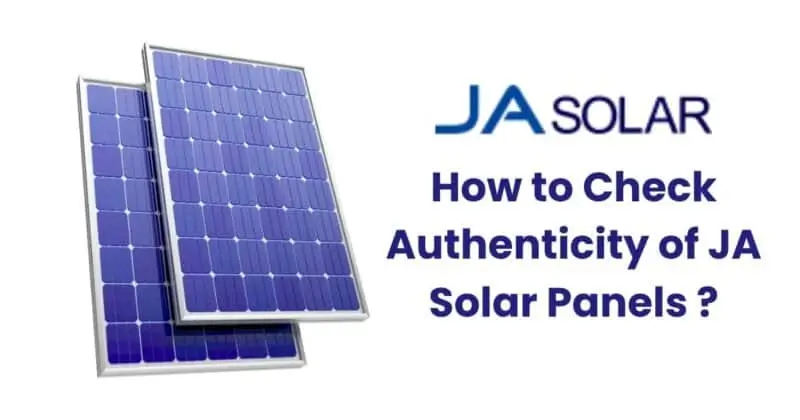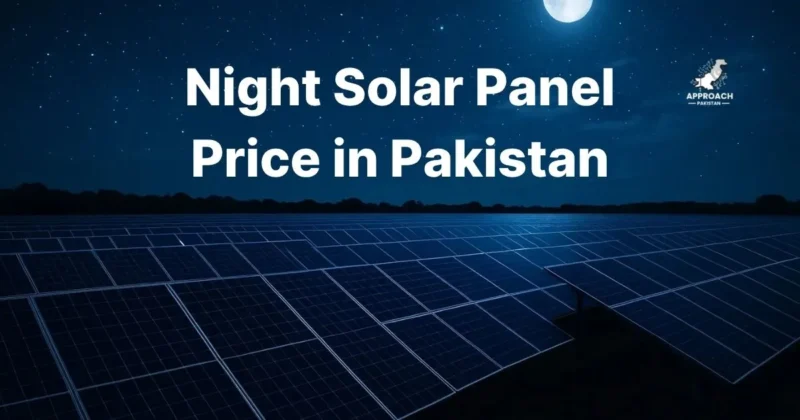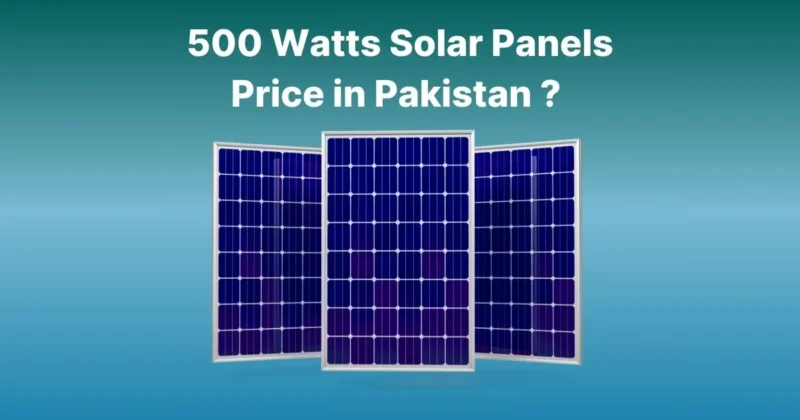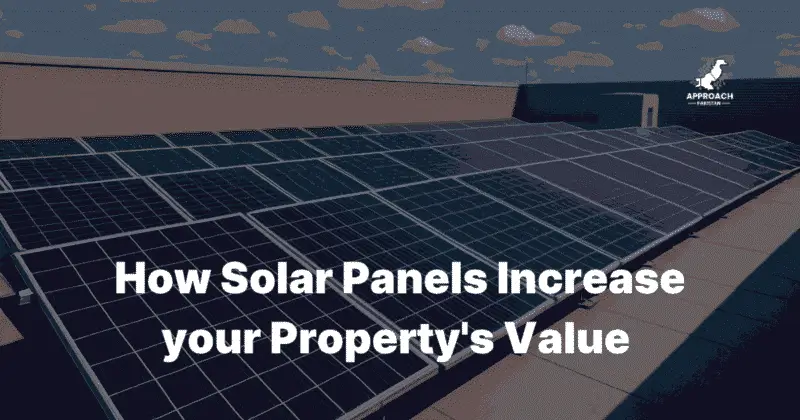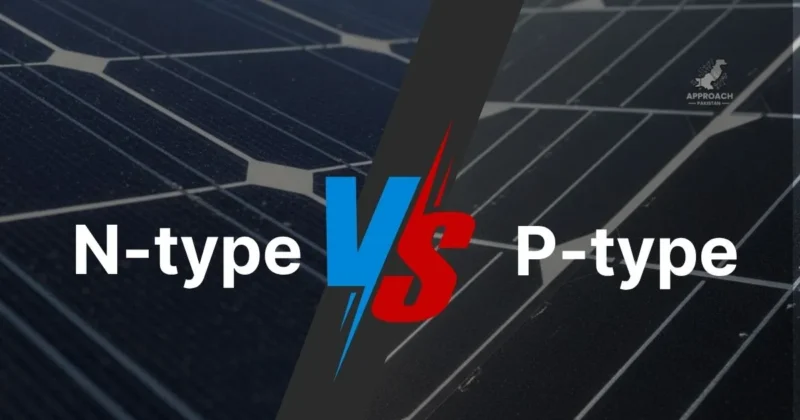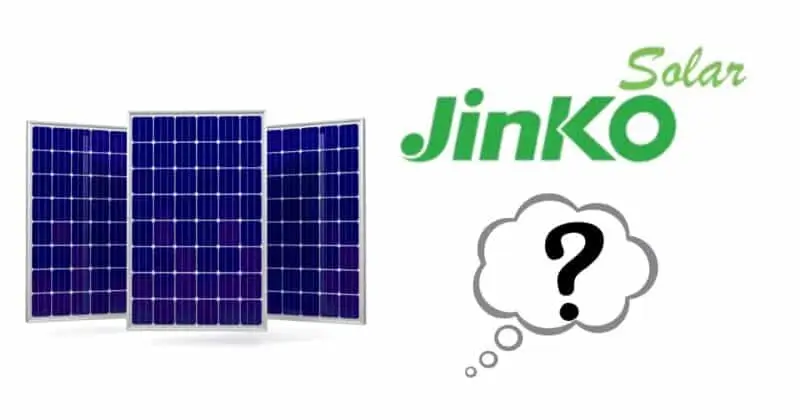Do Solar Panels Work in Rain? Power Output & Benefits 2025
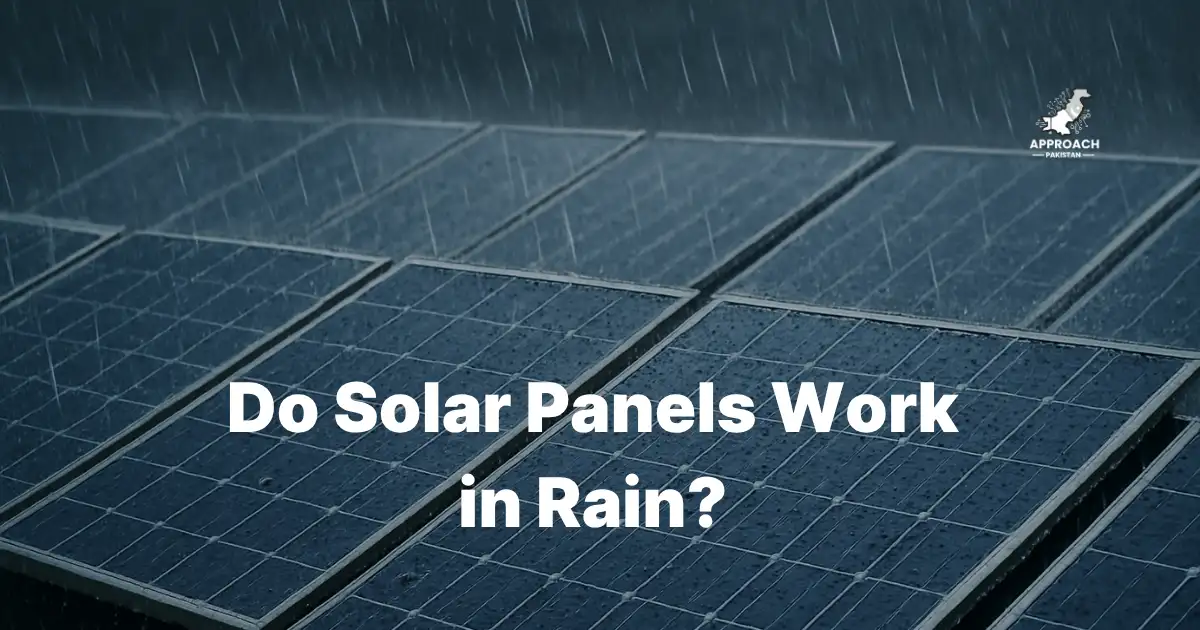
Many homeowners wonder if their solar panels still generate power when dark clouds roll in and rain starts pattering on their rooftop. The short answer? Yes—they absolutely operate in rainy or overcast weather, just at reduced efficiency. I’ve seen this firsthand after installing systems in diverse climates, from dry regions to areas with frequent dreary days.
While heavy rains or extreme storms can impact performance, most solar panels still capture and convert available light (even through clouds) into usable electricity. The photovoltaic effect—where photons strike the panel’s surface, releasing electrons to produce a current—works as long as there’s daylight, just less intensely. So if you’re in a rainy area, don’t rule out solar energy; modern technology handles varied conditions better than myths suggest.
How Solar Panels Capture Different Types of Light
From my years installing solar panels, I’ve seen how they operate in all conditions – even when rain pours and clouds fill the skies. The secret lies in those photovoltaic cells made of silicon that convert both direct sunlight and diffuse light scattered through the atmosphere.
When photons from the sun strike these cells, they knock electrons free from atoms, creating that crucial electric current. While efficiency takes a hit on cloudy days, modern technology with broader spectrum absorption still generates power – I’ve measured outputs myself during storms. The process is remarkably resilient, using advanced designs to harness even indirect or reflected light that partially penetrates blocked clouds.
That’s why in my experience, these panels remain an effective, reliable choice across diverse weather patterns and regions. The science behind this energy conversion continues to improve, making today’s PV systems capable of producing electricity in less-than-ideal conditions that would have obstructed older models.
Is Direct Sunlight a Must for Solar Panels to Function?
Solar panels don’t need direct sunlight to function – they still work at 10-25% efficiency on cloudy days. Even in rainy climates, they continue producing energy, cutting electricity bills and reducing reliance on non-renewable sources. Thanks to technological advancements, they deliver consistent production, proving to be a sustainable choice for households everywhere.
Additional Benefits of Rain for Solar Panels
Rain serves as a natural cleaning tool for solar panels, washing away dust, debris, and residues that accumulate on the surface and diminish efficiency by obstructing sunlight. This natural maintenance enhances performance, restoring near maximum efficiency while prolonging lifespan by preventing hot spots that cause damage. The cleaner surface improves light absorption for better electricity generation, while reducing the need for costly manual cleaning – nature’s way of maintaining your solar investment.
How Different Weather Conditions Affect Solar Panel Performance
Solar panels are designed to withstand various weather conditions, but environmental factors can still impact their efficiency and longevity. Understanding these effects—and how to mitigate them—can help homeowners maximize their solar investment. Below, we explore how rain, snow, extreme temperatures, wind, hail, and humidity influence solar panels and what you can do to ensure optimal performance.
1. Rain: A Natural Cleaner for Solar Panels
Rain may temporarily reduce solar panel efficiency due to cloud cover, but it also provides a natural cleaning effect. Dust, pollen, and debris can accumulate on panels, blocking sunlight. Rainfall washes away these obstructions, helping maintain long-term performance.
Pro Tip: If you live in a dry area with infrequent rain, occasional manual cleaning may be necessary to prevent buildup.
2. Snow: Managing Reduced Sunlight Exposure
Rain may temporarily reduce solar panel efficiency due to cloud cover, but it also provides a natural cleaning effect. Dust, pollen, and debris can accumulate on panels, blocking sunlight. Rainfall washes away these obstructions, helping maintain long-term performance.
Pro Tip: If you live in a dry area with infrequent rain, occasional manual cleaning may be necessary to prevent buildup.
3. Extreme Temperatures: Heat vs. Cold Efficiency
Solar panels are built to endure temperature extremes, but their efficiency can fluctuate:
- High temperatures can slightly reduce efficiency, as excessive heat affects conductivity.
- Cooler temperatures improve performance, as long as sunlight exposure remains strong.
Pro Tip: Opt for panels with a high-temperature coefficient rating if you live in a hot climate.
4. Wind: Ensuring Structural Stability
Strong winds can threaten poorly installed solar panels. To prevent damage:
- Ensure secure mounting with wind-resistant racking.
- Follow local building codes for wind load requirements.
Pro Tip: Regular inspections after storms can help detect loose fittings before they become a problem.
5. Hail: Protection Against Impact Damage
Most solar panels are tested to withstand hail, but severe storms can still cause damage. To enhance durability:
- Choose panels with high impact-resistance ratings (e.g., IEC 61215 certified).
- Consider hail guards if you live in a hail-prone region.
Pro Tip: Check your solar panel warranty for hail damage coverage.
6. Humidity: Preventing Corrosion Over Time
SMIn humid climates, moisture can lead to corrosion on solar panel components. Preventative measures include:
- Selecting corrosion-resistant materials (e.g., anodized aluminum frames).
- Ensuring proper sealing during installation.
Pro Tip: Regular maintenance checks can help spot early signs of rust or moisture damage.
Final Thoughts: Maximizing Solar Panel Resilience
By understanding how weather affects solar panels and taking proactive steps—such as proper installation, routine maintenance, and choosing high-quality materials—homeowners can ensure their systems remain efficient and durable for years.
Key Takeaways:
- Rain helps clean panels but may cause brief efficiency dips.
- Snow can block sunlight, but angled panels improve shedding.
- Heat reduces efficiency, while cold boosts performance.
- Secure installation prevents wind and hail damage.
- Humidity-resistant materials prevent corrosion.
Investing in solar energy is a long-term commitment, and with the right precautions, your system can thrive in any climate
What to do During Lightning and Thunderstorms
Solar panels are electric devices that face risk of damage from voltage surges caused by lightning – something I’ve seen firsthand working in storm-prone areas. When getting your PV panels installed or during routine maintenance, always ensure your installer has properly grounded the system to prevent surges.
In areas where lightning is common, you might need a smart, easy upgrade for extra protection – a small investment that can save your system. Remember, proper installation is key to keeping your solar array safe when storms roll in.
Add Solar Battery Storage to Help on Cloudy or Rainy Days
Solar panels still generate some power in rain, but adding battery storage solves the real challenge. A solar battery lets you store excess energy from sunny days for use during stormy weather or at night.
Even when raining all day, your PV panels keep producing power to keep batteries charged, while reducing reliance on the grid. Homes in damp Pacific Northwest or dreary East Coast especially benefit from this battery backup during long rainy seasons and power outages.
Monocrystalline Silicon Solar Panels
Monocrystalline silicon panels excel in rain with their single crystal structure, efficiently converting sunlight to energy even in low-light conditions. These panels effectively absorb available light during overcast days, making them ideal for areas with frequent cloud cover. Their sleek black design offers both aesthetic appeal and functional performance that homeowners appreciate.
Thin-Film Solar Panels
Thin-film solar panels excel in rainy months, outperforming in low-light settings with their unique ability to catch a larger range of light. Even when sunlight is scarce on cloudy days, they deliver steady flow of electricity thanks to superior absorption capacity. Their lightweight design adds practical adaptability while maintaining effective energy production through bad weather.
Conclusion
Yes, solar panels continue generating electricity in rainy weather, though at reduced efficiency. They capture diffuse sunlight through clouds, and rain even provides a natural cleaning benefit, boosting long-term performance. While output is lower than on sunny days, modern solar technology ensures consistent energy production—making solar a viable option even in wet climates.

